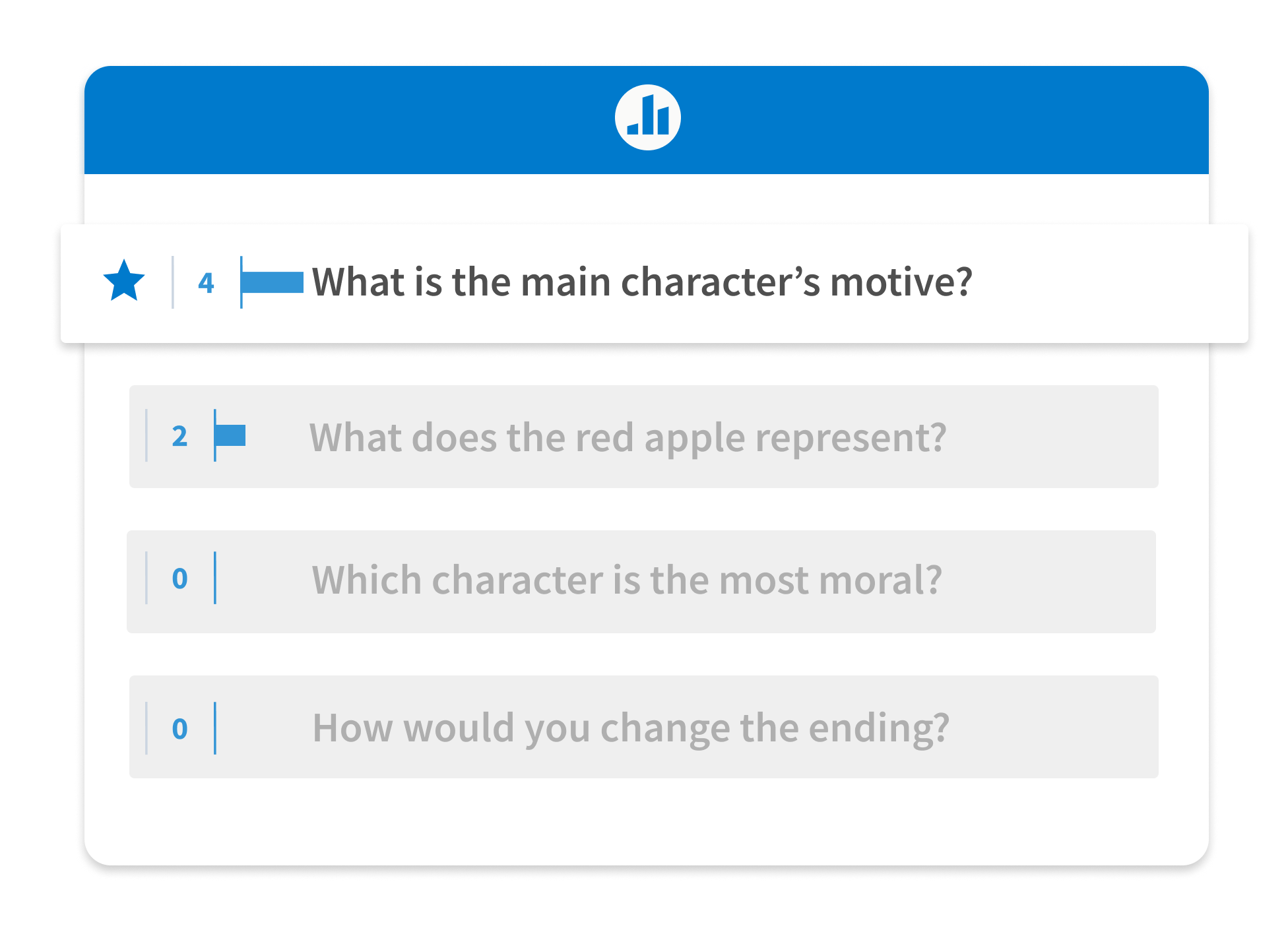Free eBook
The Professor's Playbook: Innovative Strategies for 21st-Century Teaching
The latest strategies, tactics, and tech tools for modern teaching.
Inside the eBook:
Education has undergone significant changes, especially with the rise of digital tools accelerated by the COVID-19 pandemic. While K-12 educators have embraced technology—making learning more interactive—higher education often lags behind, sticking to traditional lecture-based methods. Yet, the same interactive techniques that engage young students and support employee training can transform university classrooms. It’s time to modernize higher education by integrating these innovative strategies into your teaching.
Discover innovative ways to adapt to 21st-century teaching in our playbook. Inside you will find:
- Identifying learning gaps in students
- Embracing artificial intelligence (AI)
- Transitioning away from rote memorization
- Honing students' soft skills
- Developing inclusive and accessible lessons
- Flipping the classroom
- Embracing active, self-directed learning
- Lightening complex topics with gamification
- Exploring new edtech in the university classroom

Curious to know more?
We’ve got answers to some common questions about Socratic seminars:
How can I manage screen time in the classroom?
A balanced classroom screen time approach fosters a healthy learning environment. Teachers should set clear screen time guidelines and ensure that technology use is purposeful, helping students recognize the "when" and "why" behind their screen activities. Blending digital tools with traditional methods, like books and paper worksheets, allows for a diverse learning experience that meets various learning styles. Regular breaks are vital to combating the physical effects of prolonged screen use. The 20-20-20 rule—every 20 minutes, look at something 20 feet away for 20 seconds—can help reduce eye strain while encouraging physical movement during breaks alleviates discomfort.
Additionally, teachers can use monitoring tools to track and manage students' screen time or encourage students to self-regulate. Educating students about the impact of excessive screen use and modeling healthy habits are crucial. Establishing screen-free zones or times in the classroom can further support focus on face-to-face interaction and non-digital tasks. Activities that promote social interaction, like group work and class discussions, help reinforce learning without additional screen exposure. Engaging parents by sharing effective screen time strategies ensures a consistent approach between home and school, creating a more holistic and supportive environment for students.
How do I stay up to date with modern teaching practices?
To stay current with modern teaching practices, educators should explore a combination of professional development workshops, online courses, and education-focused conferences. Engaging with resources like Edutopia, The Chronicle of Higher Education, and Faculty Focus can provide valuable insights into current trends and effective teaching strategies. Tools like Poll Everywhere can help educators implement interactive and innovative approaches in their classrooms, ensuring that they keep pace with evolving practices and actively enhance student engagement and learning outcomes.
What strategies can I use to keep students engaged, especially in a digital or hybrid learning environment?
To keep students engaged in a digital or hybrid learning environment, consider incorporating interactive activities that foster real-time participation, such as live polls, quizzes, and Q&A sessions. These strategies encourage active learning and provide instant feedback, helping keep students focused and involved. Using tools like Poll Everywhere allows you to seamlessly integrate these activities into your existing platforms, making the transition between content delivery and interaction smooth and engaging.
Download the Playbook
Don’t fall behind on modern teaching strategies. Grab our Professor’s Playbook and start teaching for the 21st century.